By Andy Brack, editor and publisher | All South Carolinians – white, black, brown, newcomer and native – can stand to learn more about a real homegrown patriot, the late Septima Poinsette Clark.
The mere mention of her name today invokes reverence in the black community. But white Southerners seem to forget that she was so respected for her work in the civil rights movement that Dr. Martin Luther King Jr. asked her to accompany him to Oslo, Norway, in 1964 when he accepted the Nobel Peace prize.
“In a sort of casual way, he would say, ‘Anything I can’t answer, ask Mrs. Clark,’” she recalled in a 1986 memoir.
From 1916 when she was 18 until she was fired 40 years later with 41 others in Charleston County for being a member of the NAACP, Clark was a teacher, first on John’s Island and then in Charleston, McClellanville, North Carolina, Columbia and again in Charleston.


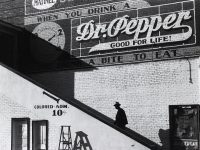

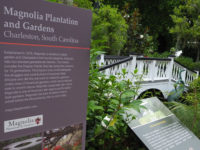
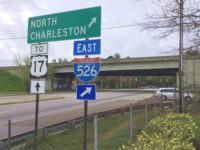

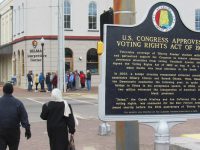

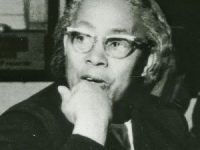
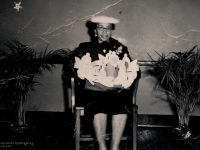

 We Can Do Better, South Carolina!
We Can Do Better, South Carolina!

























Recent Comments